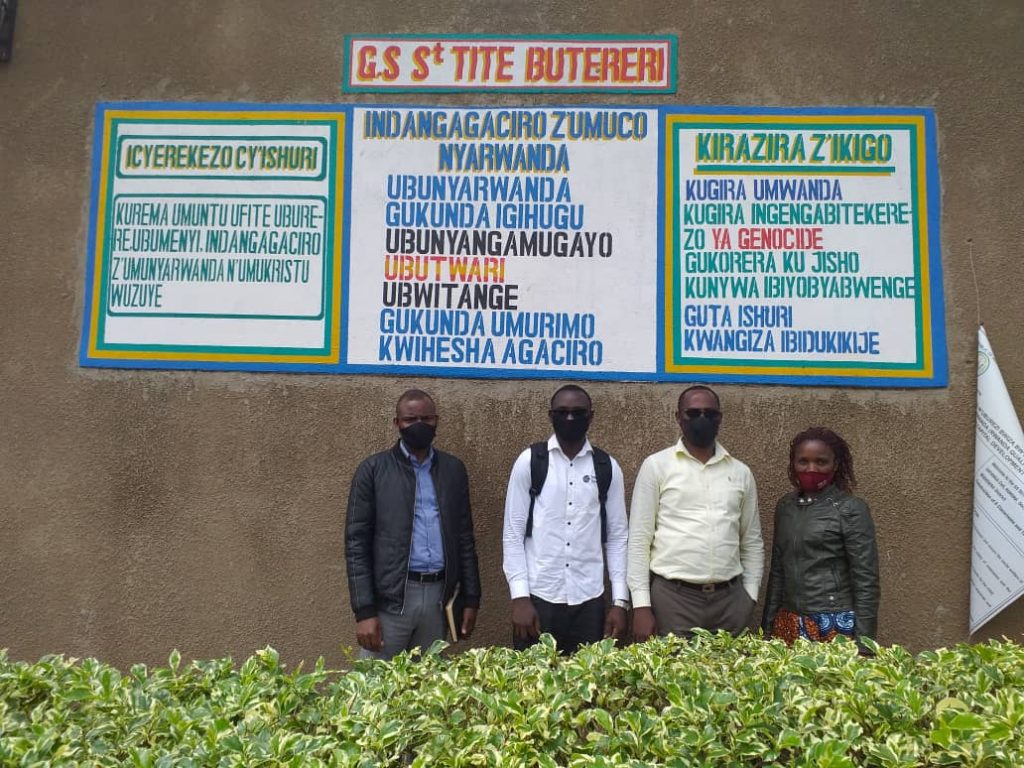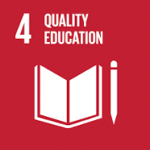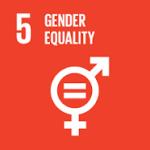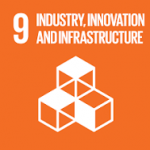CONNECTING GS ST TITE BUTERERI
1. Project Summary
Connecting G.S St Tite BUTERERI, is a project under growing the Internet area of focus, with aim of bridging the digital divide by providing Internet Access to teachers and students of G.S St BUTERERI. It intends to provide educational and communication opportunities to G.S St Tite Butereri Community by building and connecting a computer laboratory with 20 computers with assistive equipment, establishing hotspots in whole school, and empowering teachers and students with digital skills that enables them to use the Internet in education.

2. Why is this project needed?
G.S St Tite Butereri is located in KIBAZA Village, GATANGA Cell, RUHUHA Sector, rural area of BUGESERA district. The school has 1,120 students from low income Community and 28 teachers who are also part of the community.
Based on its locality, the school does not have a computer laboratory and Internet connectivity. This limits educational opportunities for both students and teachers. Further, the digital capabilities of teachers and students in the school are not adequate so that they can participate effectively in this digital era where the world is experiencing the growing importance of Internet access in Education.
Since the first person was tested positive of Covid19 in Rwanda, measures to curb the spread of the pandemic including remote learning were established by Ministry of Education as one of the mechanisms to ensure continuous learning for all students in Rwanda. This has brought challenges to teachers and students from rural area schools in which G.S St Tite BUTERERI belongs to due to lack of digital devices, lack of information regarding remote learning technology and lack of digital skills that enables them to equally participate in education like others who gained access to digital devices before the pandemic. COVID-19 has amplified the need for computers and Internet Connectivity in G.S St Tite Butereri to ensure that Technology is integrated in all education processes i.e lessons preparation, lessons delivery, assessments and research to achieve quality education.
To satisfy this increasing need, ISOC Rwanda Chapter will implement Connecting G.S St Tite BUTERERI project in the school by Building and Equipping a Computer Laboratory with the goal of bridging the digital divide and empower its Community with digital skills that enable them to use the Internet in classwork as well as preparing them to thrive in times of crisis like Covid-19 Pandemic Period.
This project contributes to the following Sustainable Development Goals (SDGs):

Our work contributes directly to Target 4.1 of SDG 4, by improving secondary school educational outcomes for boys and girls. Additionally, students are gaining relevant technical skills that will improve their job prospects, contributing to Target 4.4.

This project directly contributes to Target 5.B of SDG 5, since we select schools who have a similar ratio of girls to boys and actively promote the usage of equipment by both genders, ensuring that no individual is excluded.

By supporting schools with computer lab and assistive technology such as projectors, allowing thousands of students to access information and communications technology, we are directly contributing to Target 9.C of SDG 9.
1. Expected Outcomes
By providing access to educational resources, communication and training teachers to support student-centric learning, the project will support ICT enabled change. The project will enhance the quality of education, improve independent study and advance the skills and life chances of students from the school community.
The benefits expected include:
⦁ Teachers will be able to digitize classwork,
⦁ Teachers will be able to teach using digital devices,
⦁ Students and teachers will be able to access digital materials and e-learning platforms,
⦁ Higher-quality of classes taught in computer Lab, promoting better engagement, interaction and teaching impact,
⦁ The staff will be able to digitize school records and better keep track of student absence and retention.
